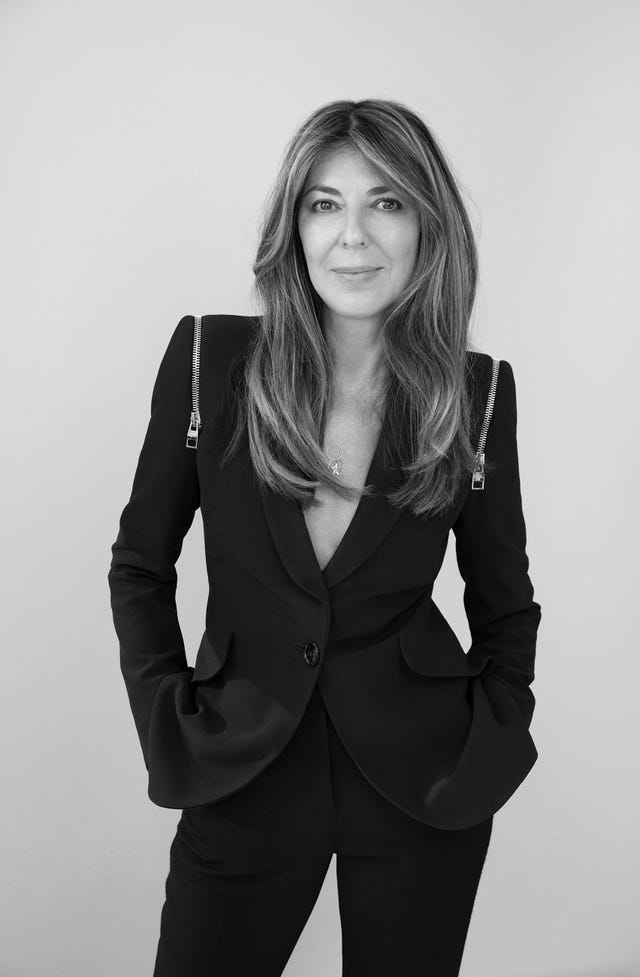Most men think that the key to a great shave is the razor. But that is only a piece of the puzzle. An excellent shaving brush is just as crucial to a wonderful shave, if not more critical, we’d argue, than the razor or even the shaving bowl itself.
Shaving brushes are key to softening and lifting facial hair off the face, exfoliating the skin, and adding heat to the equation, which helps open the pores, lubricate the skin, and make for a closer shave.
We’ve taken the time to look through the thousands of shaving brushes available so that you don’t have to. Keep reading for our top ten picks for 2021.
In a hurry? Check out the top 3 shaving brushes today:
Benefits of a Shaving Brush
Before we get into the nitty-gritty, why do you even need a shaving brush in the first place? R, they make a massive difference in the shaving experience.
Taking the time to mix a nice, thick lather with a shaving brush helps create smaller bubbles that prevent irritation (no one likes razor burn or ingrown hairs). It can also help exfoliate your skin, resulting in that baby-smooth softness we all desire.
Plus, it is a relaxing ritual that is the epitome of self-care for men with facial hair.

10 Best Shaving Brushes
While there are seemingly endless options when it comes to the best shaving brushes, here are our top picks in 2021.
Best-Overall: Omega Professional Boar Hair Shaving Brush
This pick was the clear winner for us among the best shaving brushes. With longer bristles than normal made from high density, high-quality boar hair, this brush creates a great lather and performs well. The long bristles allow it to distribute shaving cream or gel onto the face evenly. They are not as soft as a badger bristle shaving brush, but some might prefer the extra texture.
The large handle, over 5 inches long, is suitable for men with large hands and the price point makes it an affordable option without suffering in quality.
Falling under $15, this is a great value. You get an excellent stiff brush that won’t break the bank. The handle is also available in four different colors, so there’s an option for everyone.
Best-Value: Bassion Handcrafted Shaving Brush
For under $10, you get a lot with this brush. This 4 inches long, handcrafted shaving brush has a comfortable, ergonomic handle made from natural wood. This attractive handle is a good fit for all hand sizes.
The bristles are synthetic and produce a thick, luxurious foam, and are a good mix between soft and stiff.
Best Lather: Fendrihan Synthetic Shaving Brush
This synthetic brush is fast-drying, easy to maintain, and has classy black bristles with silver tips and a matching sleek black resin handle. The shape of the handle makes it easy to hold and is sturdy and well-made.
The synthetic bristles are soft and work up an excellent lather.
At under $20, this classic shave brush will look great on your bathroom counter.
Best Badger Bristle: Perfecto 100% Pure Badger Shaving Brush
This brush claims that it was “engineered for the best shave of your life”. With 100% pure badger bristles, a natural wooden handle, and a reasonable price point, we’re inclined to believe them!
Slight shedding may occur during the first few uses, but the soft badger bristles will feel luxurious on your skin.
The brush is simply designed and looks great, with a comfortable, black wooden handle that is on the smaller side, under 5 inches. Some prefer a smaller size as it is easier to handle.
Best Boar Bristle: Semogue 620 Superior Boar Bristle Shaving Brush
This beauty is handmade in Portugal and sports an attractive two-toned acrylic handle with top-quality boar bristles. These bristles are known for their stiffness, which makes them a great exfoliant.
These particular bristles are pretty superior, producing a significant volume of moisture-rich lather.
The handle is a bit smaller at 44 mm, as is the brush itself. Size here is up to personal preference, but many have called it perfect. The handle, made of solid acrylic, has a heavy, luxurious feel, but for just under $25, you cannot beat this price to quality ratio.
In addition, all Semogue brushes feature their trademark metal ring at the top of the handle, which comes in handy if you want to hang your shave brush to dry.
Best Synthetic Bristle: Satin Tip – The Purest Shave Brush
This brush is known for its ultra-soft synthetic bristles that rival even the softest badger shaving brush. A break-in period with these synthetic brushes is unnecessary, unlike with the animal hair bristles, nor is there the odor that sometimes accompanies them.
It also has a soft-touch classic black handle with a low-slip rubberized coating. These handles are comfortable to hold and use, and won’t slip when wet.
Priced at just under $20, this is a great buy for those who prefer synthetic bristles and a soft feel to their shaving brush.
Most Convenient: Legacy Shave Evolution Shaving Brush
This shave brush boasts an exciting new design: there is no handle as the brush attaches directly to your shave can.
This unique design is ingenious for a few reasons: shaving cream or gel will flow through the bristles, bringing extra moisture to your shave and leaving your hands clean.
This design is also cost-effective, allowing you to use only what you need from your shaving cream, which saves you a lot of product over time (better for the environment and your wallet).
Most Aesthetic: Je&Co Luxury Synthetic Shaving Brush
This brush is high end without the price tag. At $13, this brush is made of fine, high-quality, synthetic bristles and has an aesthetically pleasing resin handle.
The bristles are soft and absorb water well. Synthetic brushes are also known for their easy care, and this brush is no exception. Just wash with warm water after each use, hang to air dry, and do not use strong detergents on it.
Available in either blue or brown, the durable resin handle features a curved design, making it easy to grip and feel great in your hand.
This product comes with a 100% satisfaction guarantee, something we always like to see!
Most Luxurious: Maison Lambert 100% Silvertip Badger Horn Imitation Shaving Brush
The most expensive shaving brush on our list at $75, this brush is pure luxury. From its 100% silvertip badger bristles, the best grade of badger hair, to its faux horn resin handle, this brush delivers an excellent lathering and thus shaving experience.
The faux horn resin handle is made beautifully, with silver accents and weight that feels great in hand.
This handmade shaving brush is incredibly high quality, with a manly, high-end look and feel you can’t go wrong with. This brush will last for years.
Most Unique: Badger Shaving Brush and Bowl with Skull Headed Handle
We couldn’t resist throwing this shaving brush in. For those who love a good ole skull and crossbones, do we have a brush for you.
This reasonably priced brush flaunts a unique skull-headed handle with 100% pure badger bristles. The skull handle is relatively easy to grip and is lightweight and portable, making it work well for home or travel.
This kit also includes a stainless steel shaving bowl as a bonus.
How to Choose a Shaving Brush
With all the options available, choosing a shaving brush can be overwhelming. There are a few key considerations to look for when buying a shave brush. The main thing is you want a quality brush that will last and won’t fall apart within a few uses.
When buying your shaving brush, a few things to keep in mind are: brush material, handle material, size, and budget.
Brush Material
The material used for shaving brush bristles is the essential aspect of a shaving brush. There are many different types of brush materials to choose from:
Boar Bristle
The most common material for shaving brushes, boar bristles, is inexpensive but needs time to be broken in. The first few shaves may feel coarse but they soften over time. The stiffness makes for a great exfoliator, though, and an epic way to start your morning. That said, if you have sensitive skin, you may want to opt for something a bit softer.
Badger Bristle
This is historically the gold standard for shaving brushes as they make the best lather and can retain more heat and water than other bristle types. Badger hair is soft against the skin and absorbs water the best of all bristle types, which is a huge pro.
There are three grades of badger bristles: pure, best, and silvertip. Silvertip is the most luxurious and expensive grade. It is incredibly soft and readily holds a significant amount of water, creating a moist, rich lather.
Horsehair
Not a very common option, horsehair is a bit of a mix between the stiffness of the boar and the softness of the badger bristle. Whereas you should use most shaving brushes in a circular motion, it is best to “paint” your shaving cream on with a horsehair brush.
Synthetic
Mostly made of nylon, these are becoming increasingly popular for their cheap cost and cruelty-free material; however, quality matters. Some synthetic brushes are too stiff, while others are too soft and floppy. Choose wisely here.
Handle Material
Shaving brush handles come in many materials. Some are more fragile than others and break easily if dropped.
In addition, shaving brush handles are often considered works of art. Style, heaviness, and shape are all factors to think about. How does it feel in your hand or when holding it?
The most common types of materials are wood, acrylic, resin, and plastic.
Resin and plastic are the most affordable options. Solid resin has a great feel in hand, but hollow plastic, while more cost-effective, doesn’t have that same feeling.
Wood is a classy material but take care with these as they may degrade if exposed to copious amounts of water.
Or, as we’ve seen above, would you rather forgo a handle altogether and have a brush that will attach directly to your shaving cream can?
Size
The size of the best shaving brushes vary, and two factors impact it: loft (the length of the bristles) and handle size.
The average loft for most shaving brushes is about 50 mm. Brushes with a higher loft will retain more water (remember, that’s a good thing) while also making it easier to lather larger areas. But at the end of the day, bristle length is a matter of personal preference.
The handle should be a size that fits well in your hand (it’ll be different for everyone) and easy to use. This will vary, so it’s best to try out various handles and hold different brushes in your hand to get a feel for them.
Price
The price of a shaving brush can vary greatly, depending on materials, bristle type, etc. There’s such a vast range in price that it is difficult to give an average. Some are as low as $9, while others can reach $250.
But rest assured, there are so many brands and types out there that you will be able to find a quality one at your price point.

How to Use a Shaving Brush
The best shaving brushes are easy to use, making them a great tool for a better shave. If you’re a newbie to this fine grooming product, here’s how to use one:
Step 1: Wet your face with warm water; this softens the hairs.
Step 2: Wet the brush with warm water.
Step 3: If you use shaving cream, put some in the middle of the brush. If you use shaving cream in a tin, run the bristles over it.
Step 4: Lather up! Run your brush over your face in the area you want to shave using circular motions.
Step 5: Once you have enough of a lather, it’s time to shave.
When you’ve finished, make sure to clean your shaving brush, so it’s good to go for your next use. No one likes a gross, dirty brush.
How to Clean a Shaving Brush
Cleaning your shaving brush regularly will extend its life and make it last a long time.
Daily Clean: At the bare minimum, always rinse your brush thoroughly after every use to remove all soap residue. Then, squeeze the brush gently to drain excess water. Once it’s clean, run the bristles over a towel to catch any water drippings and let the brush air dry.
Monthly Clean: Once a month, give your brush a deep clean by rinsing the brush until it’s soaked through and gently lathering it with a drop of mild liquid dishwashing detergent like Dawn in your hand. Afterwards, let the brush soak in a cup of clean water for a few minutes.
Deep Clean: If you want to take things a step further and really rid your shaving brush of all the residual grime, soak the bristles in a cup with 1 part vinegar and 1 part water for a few minutes. Rinse the brush thoroughly and let it air dry.
There are many different facets to a shaving brush, from materials and size. Because of that, there are many shaving brushes out there, and it can be hard to find the right one for you.
From our top picks, you are sure to find the perfect one for your preferences and price point.
Shaving Brush FAQs
Still have some lingering questions about the best shaving brushes? Check out these FAQs.
What is a shaving brush?
A shaving brush is a handy tool used to make a lather from shaving soap or cream and then apply that to your face for shaving.
What does a shaving brush do?
A shaving brush helps prep the hairs for a clean, smooth shave as well as exfoliates your skin. It helps take your shaving experience to the next level.
How long does a shaving brush last?
This all depends on the type of bristles in your shaving brush, its handle material, how well it was made, and how well you care for it. Most shaving brushes, when properly cared for, can last up to ten years.
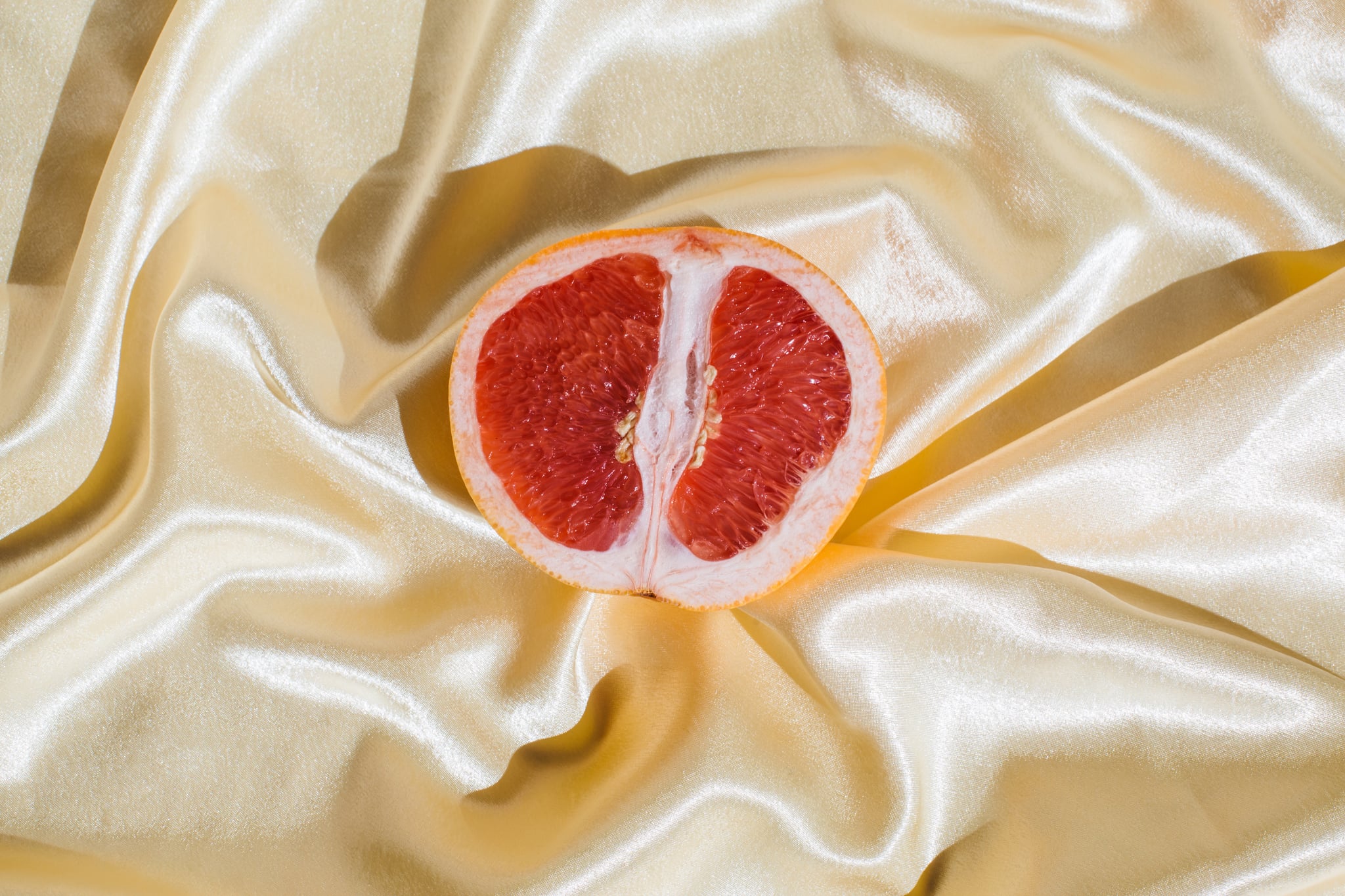

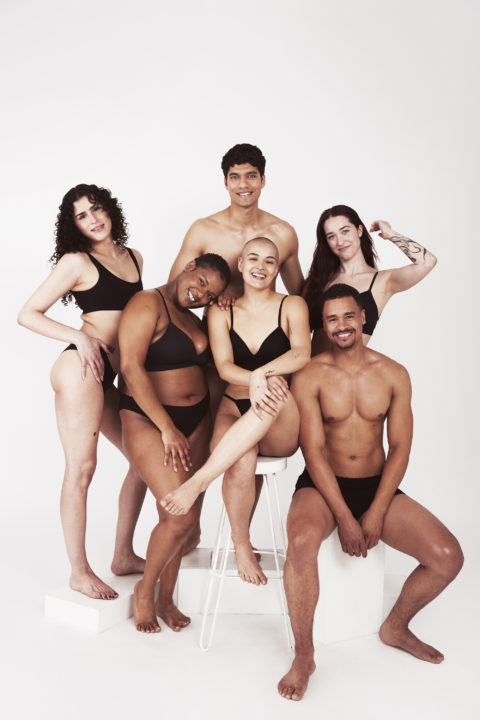
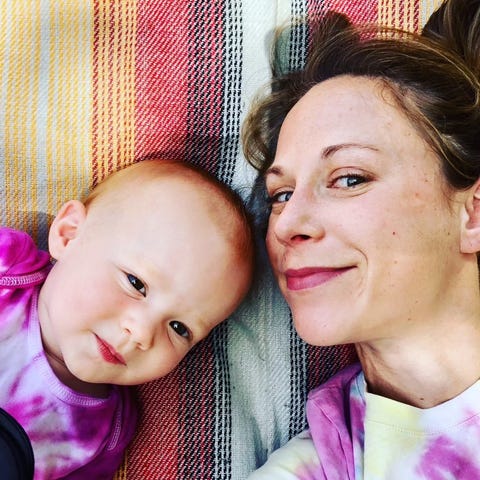

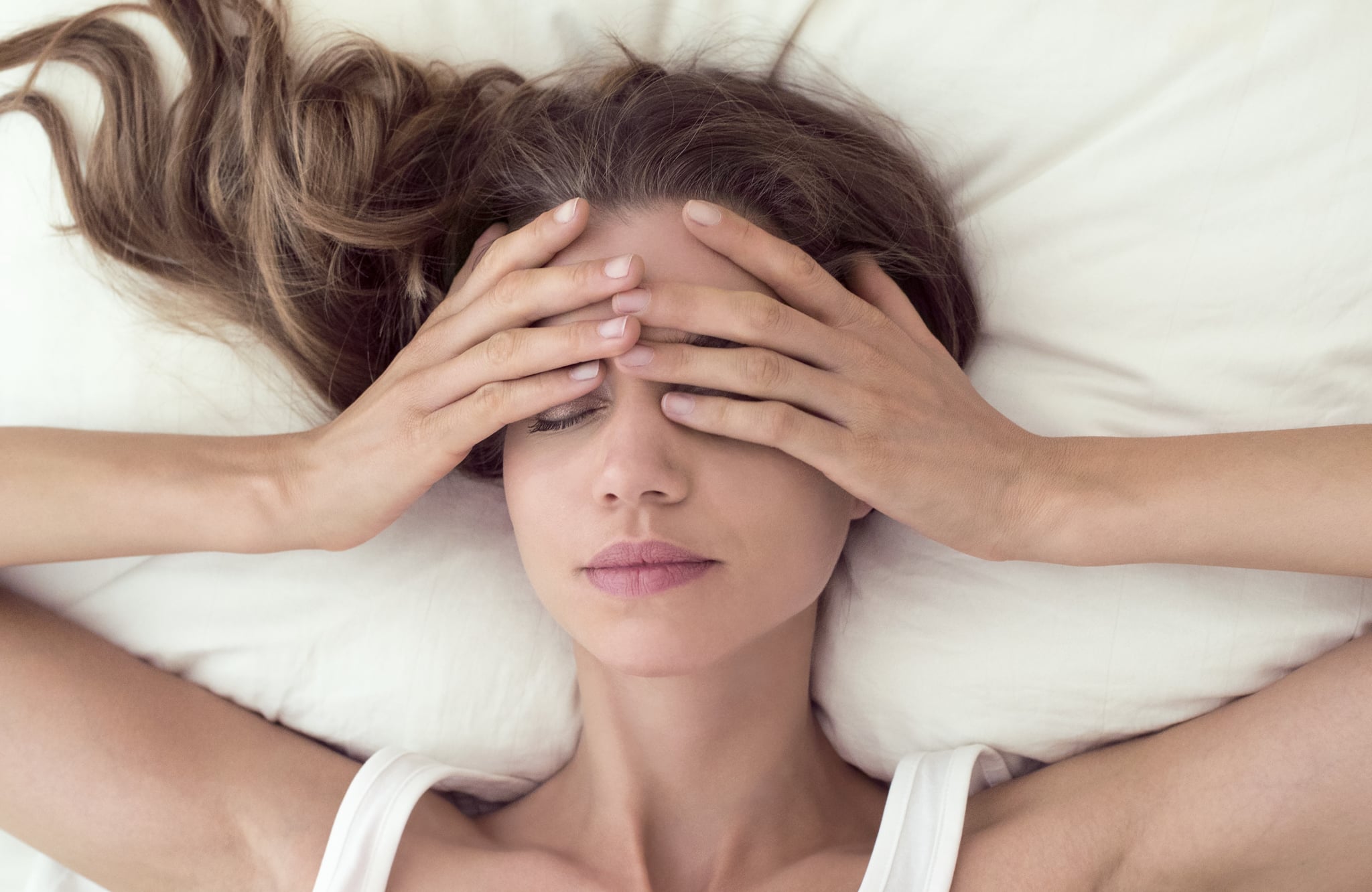




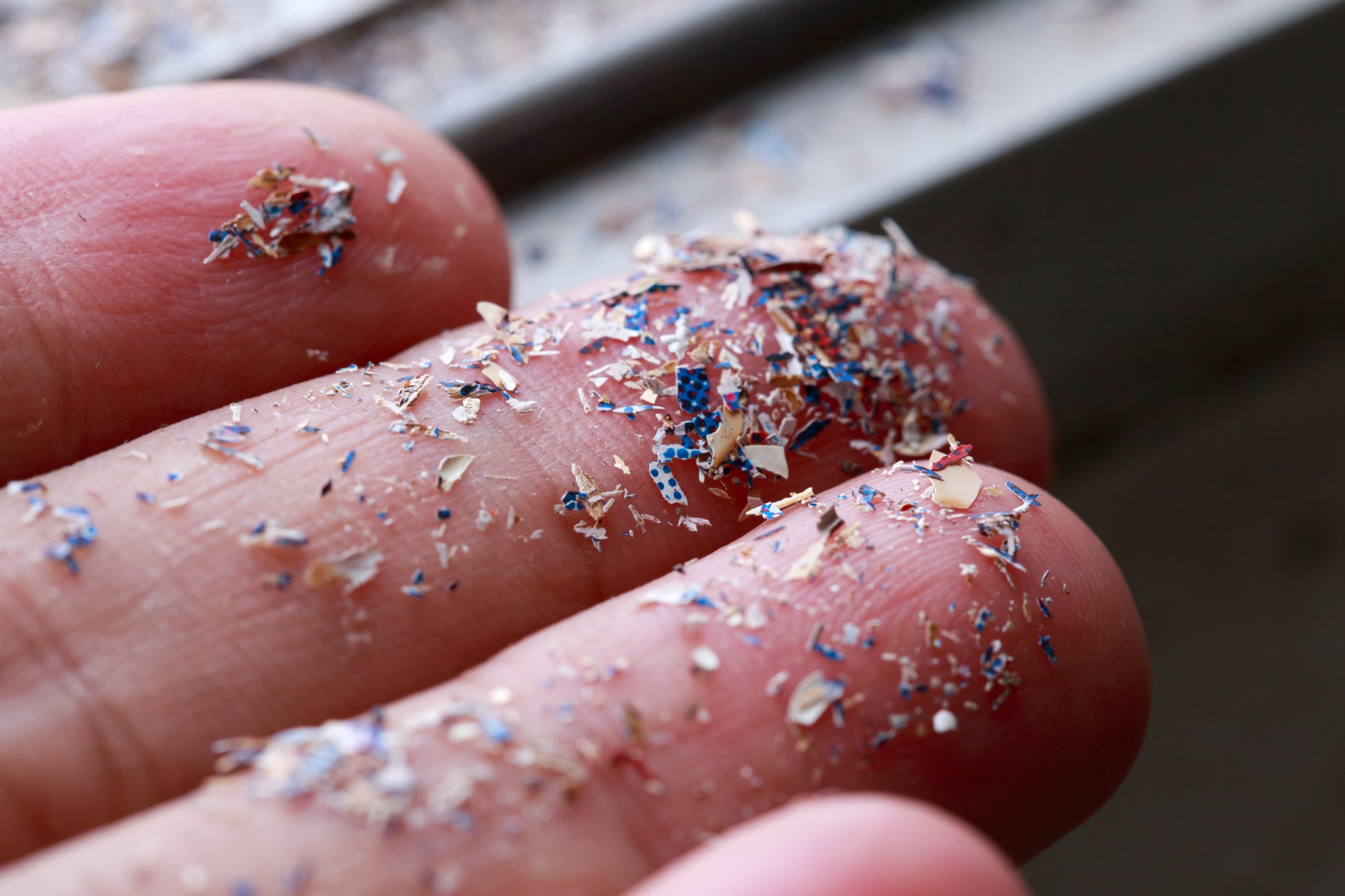

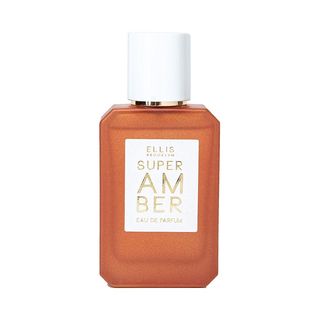
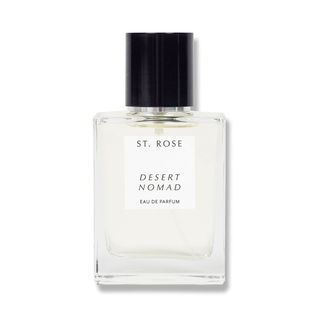
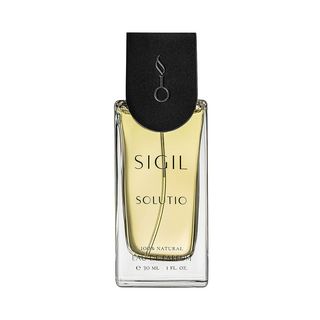
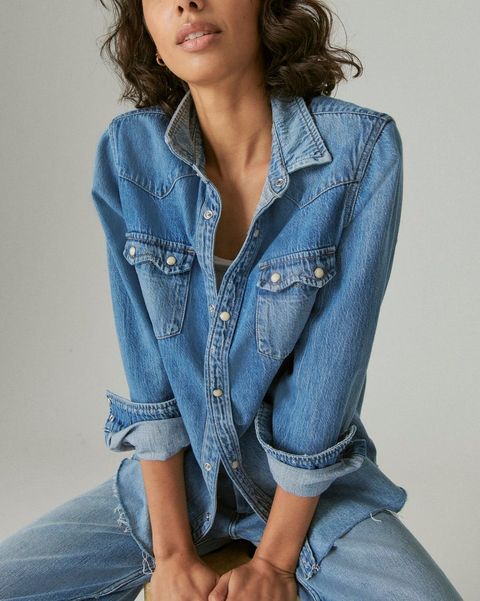


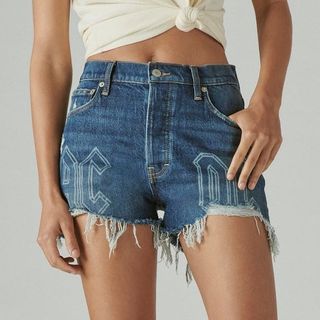

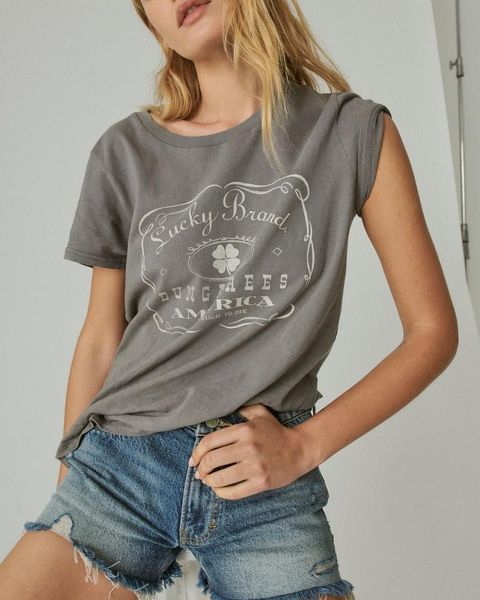
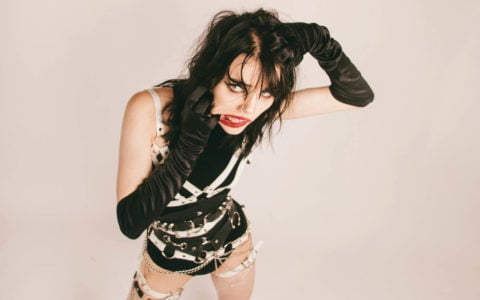












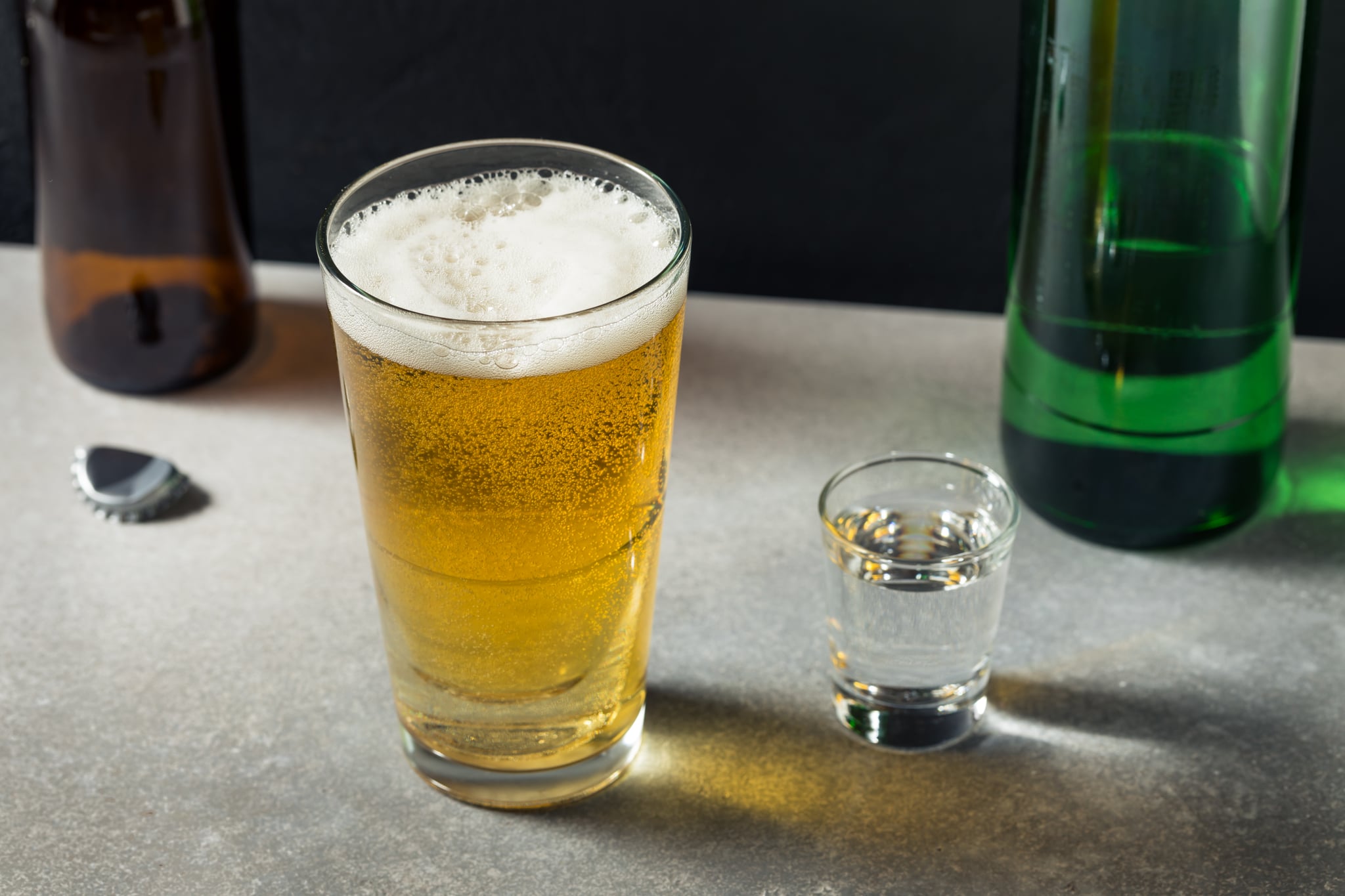
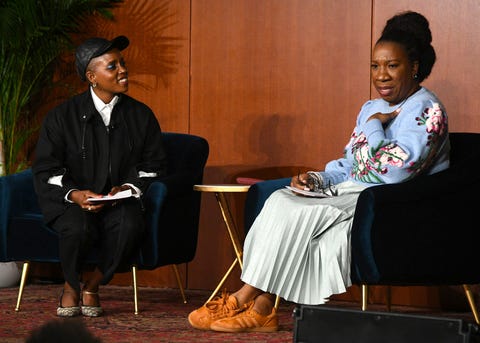
 Image Source:
Image Source: 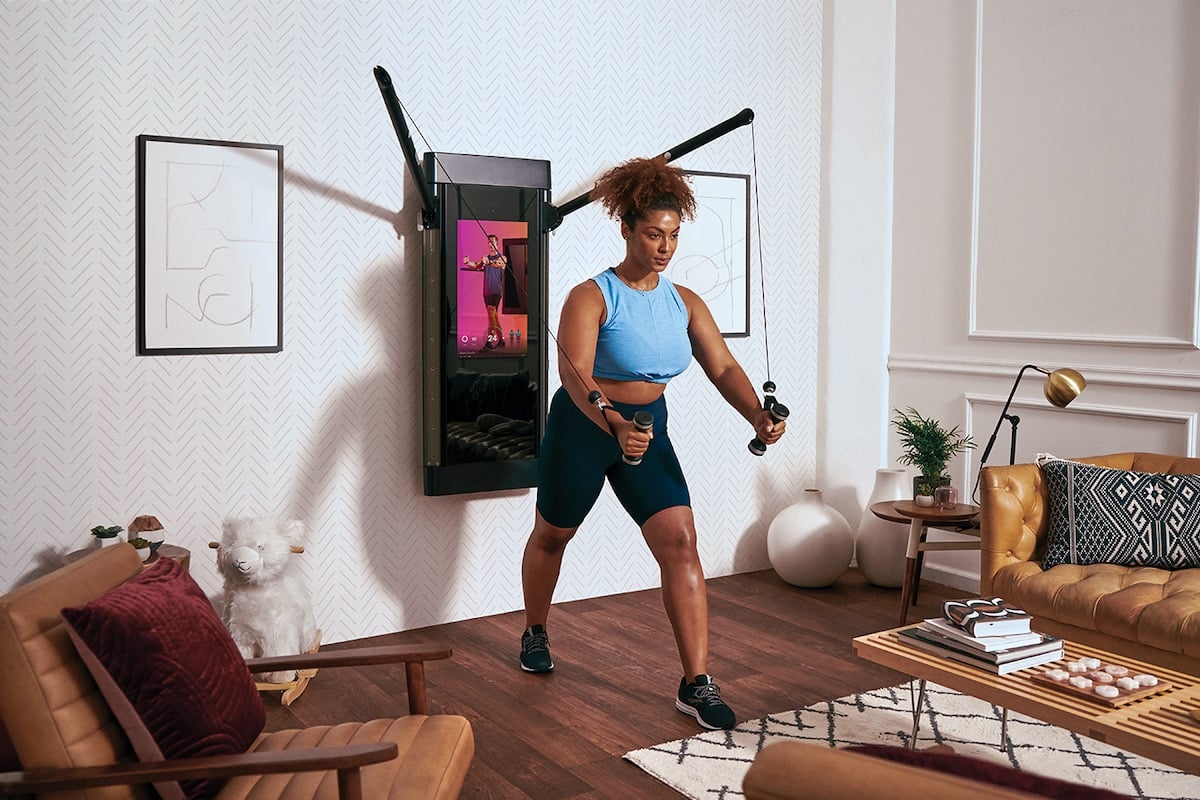 Image Source:
Image Source: 